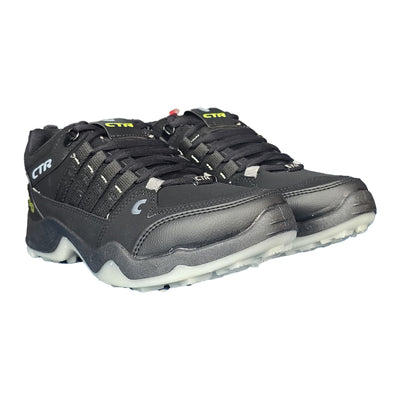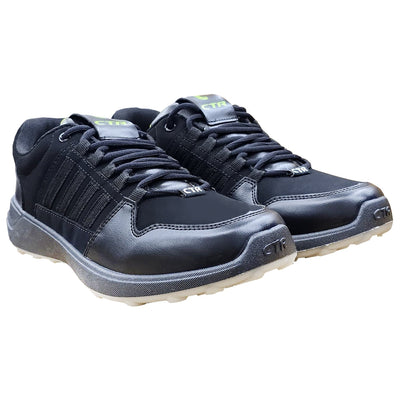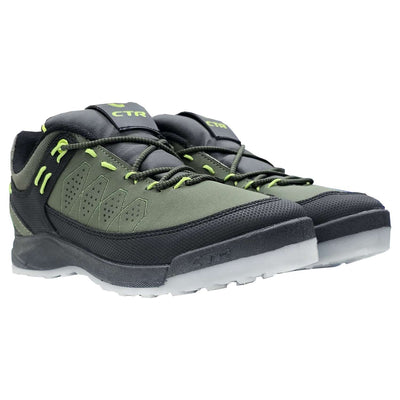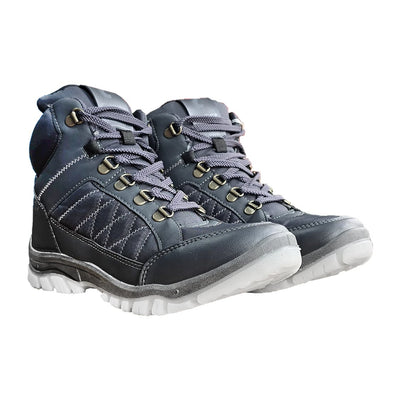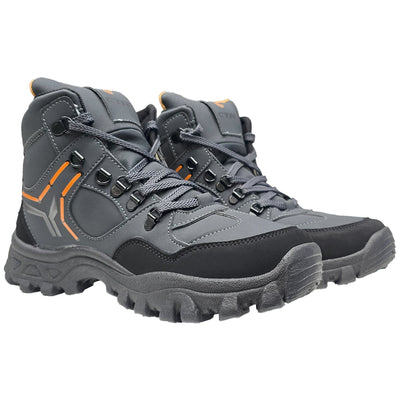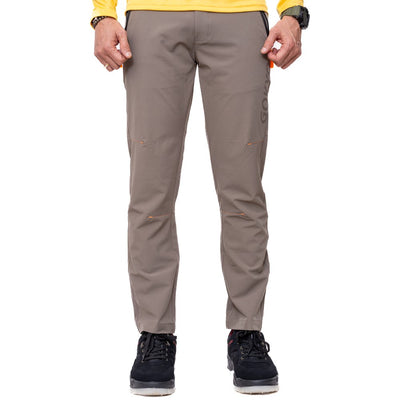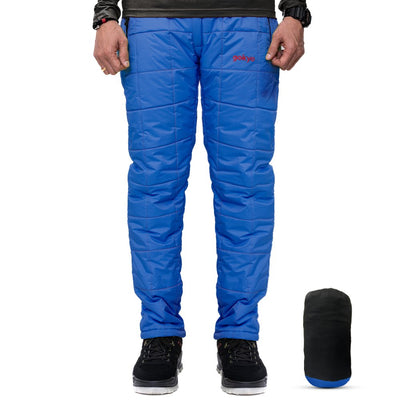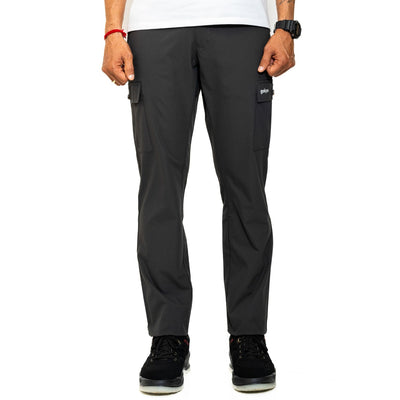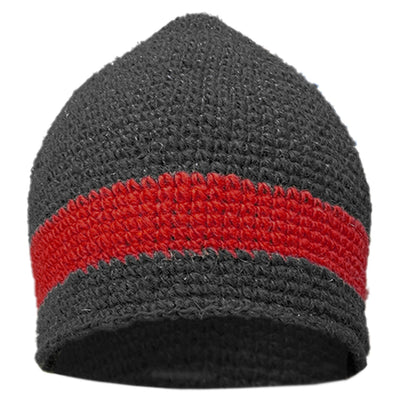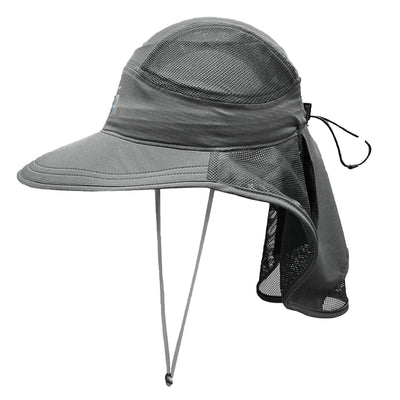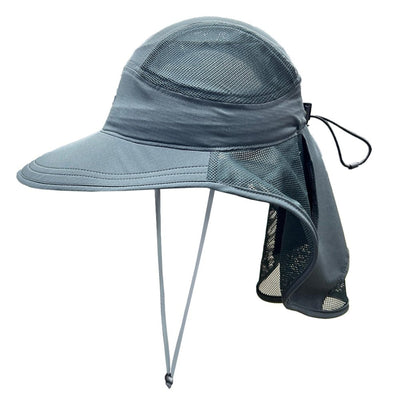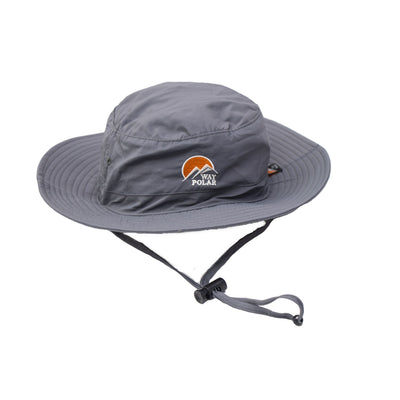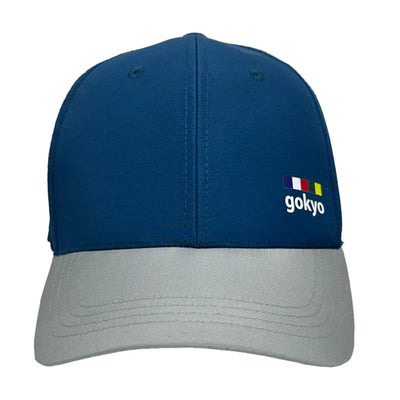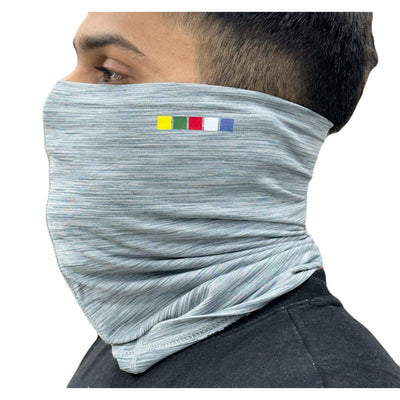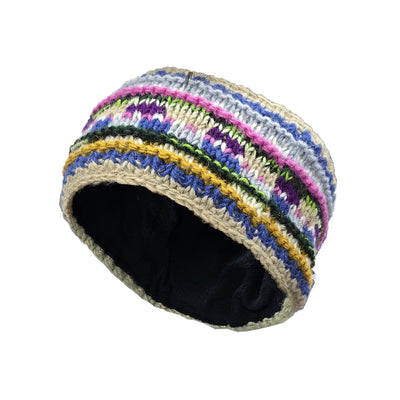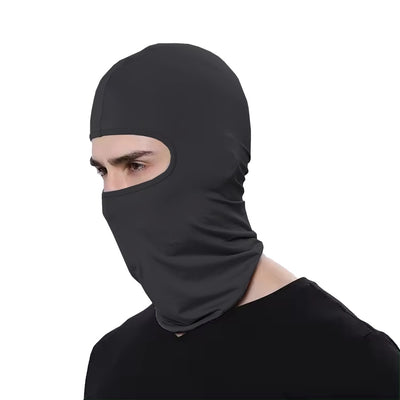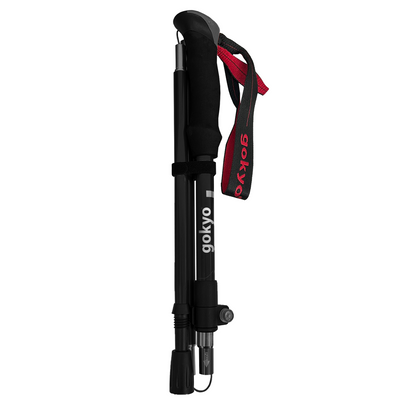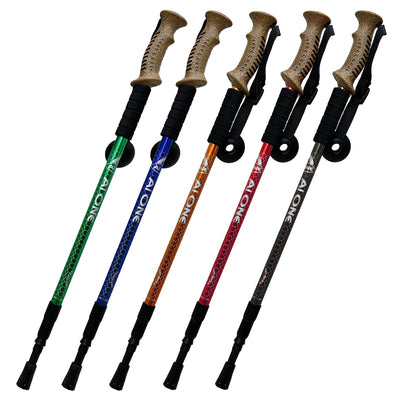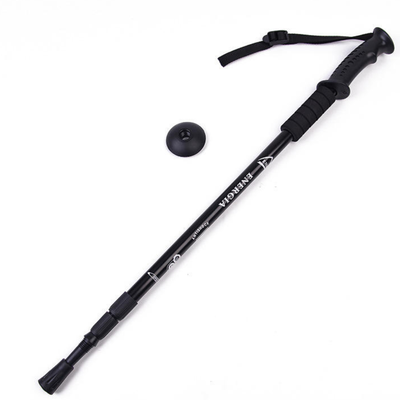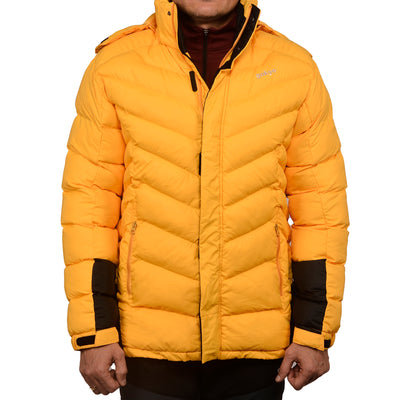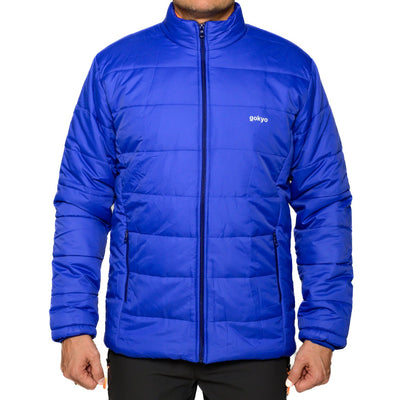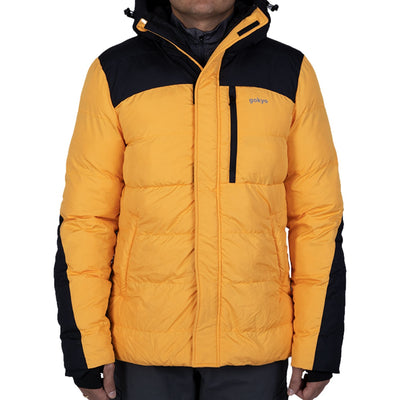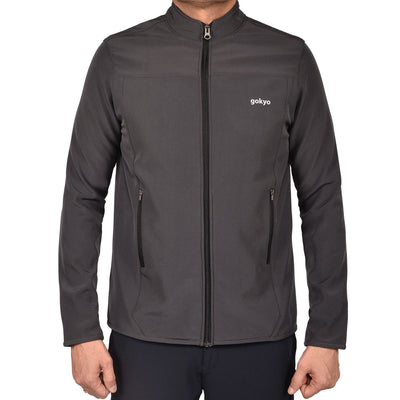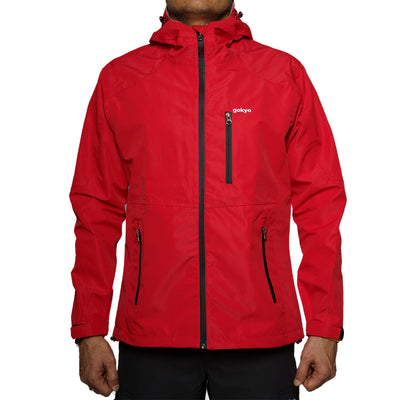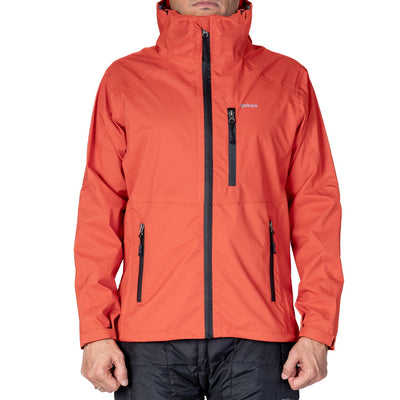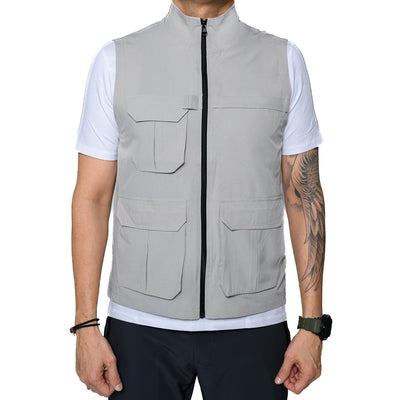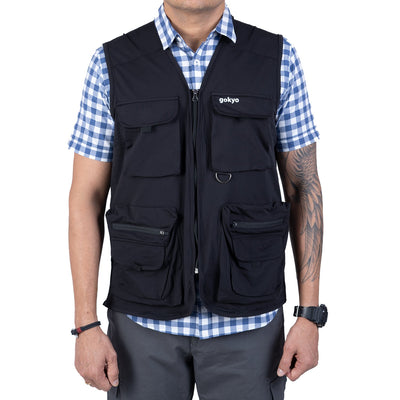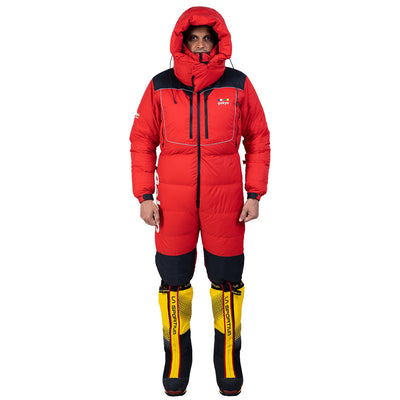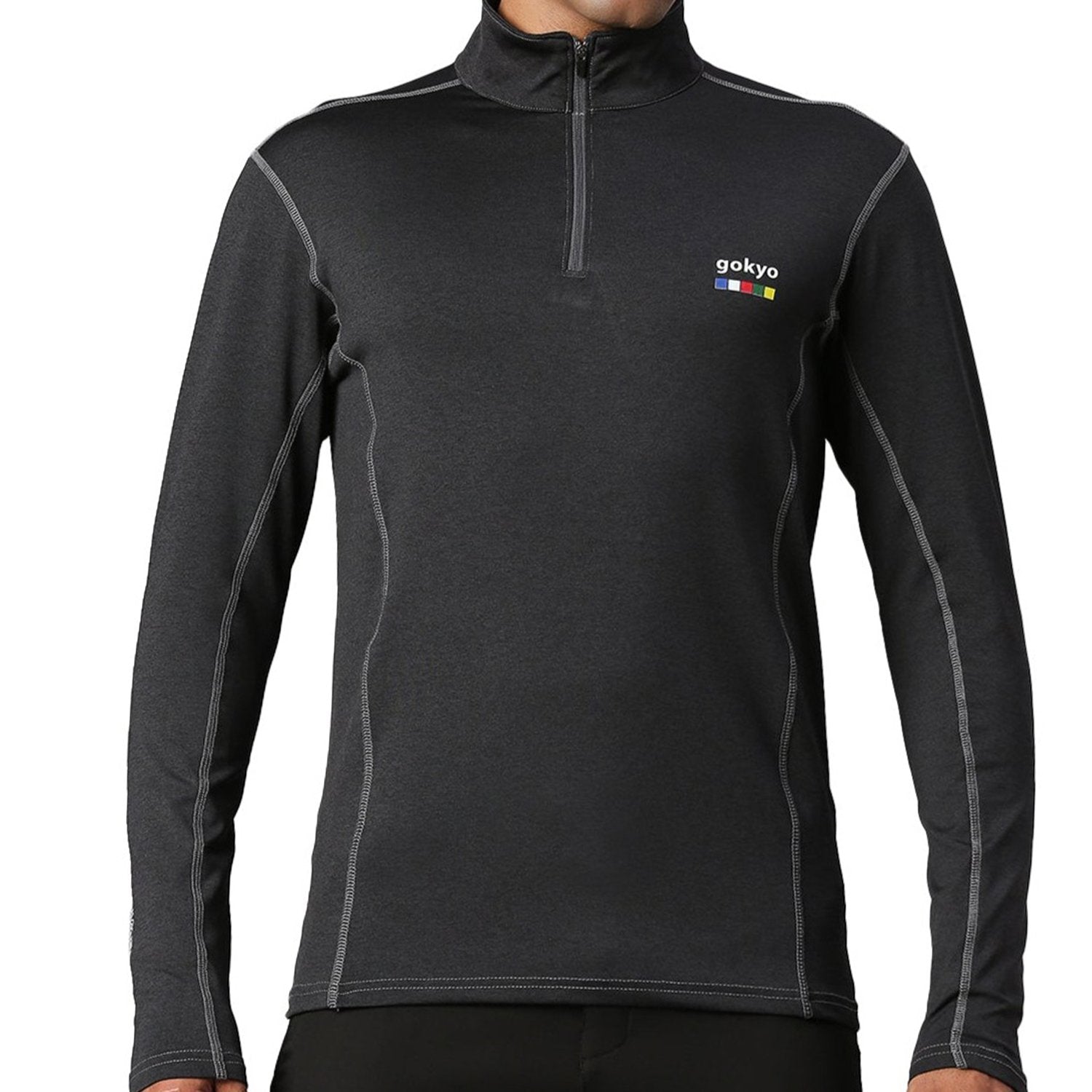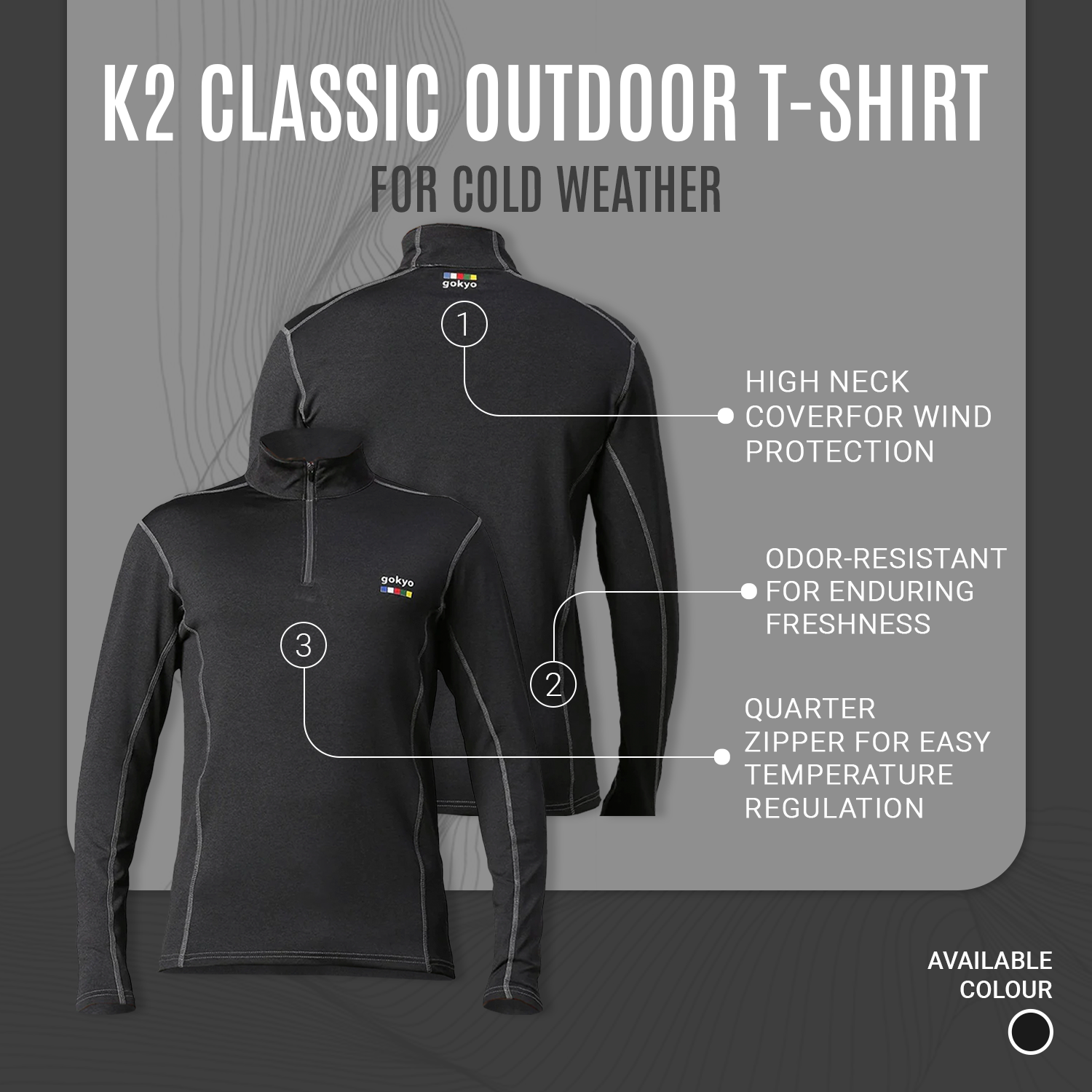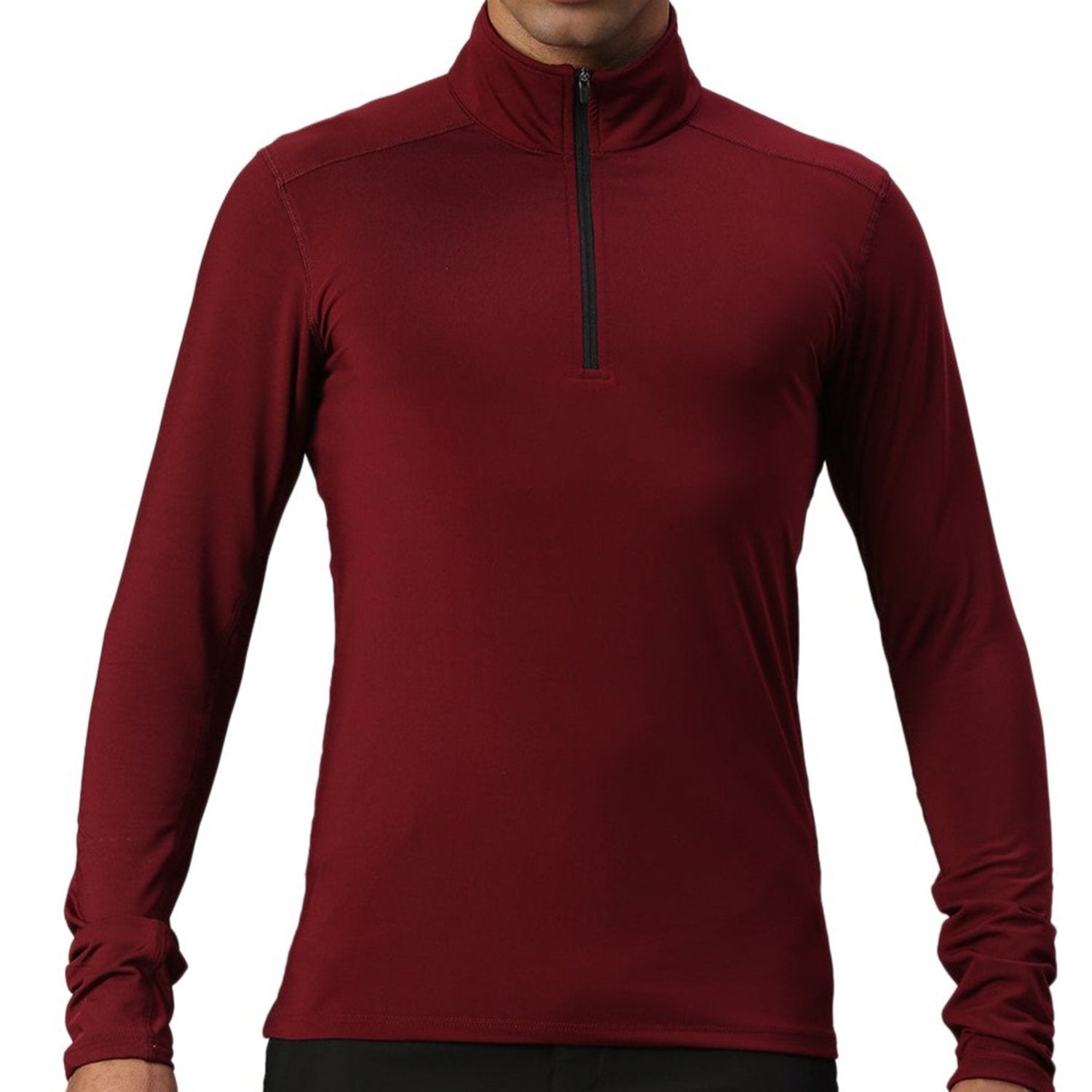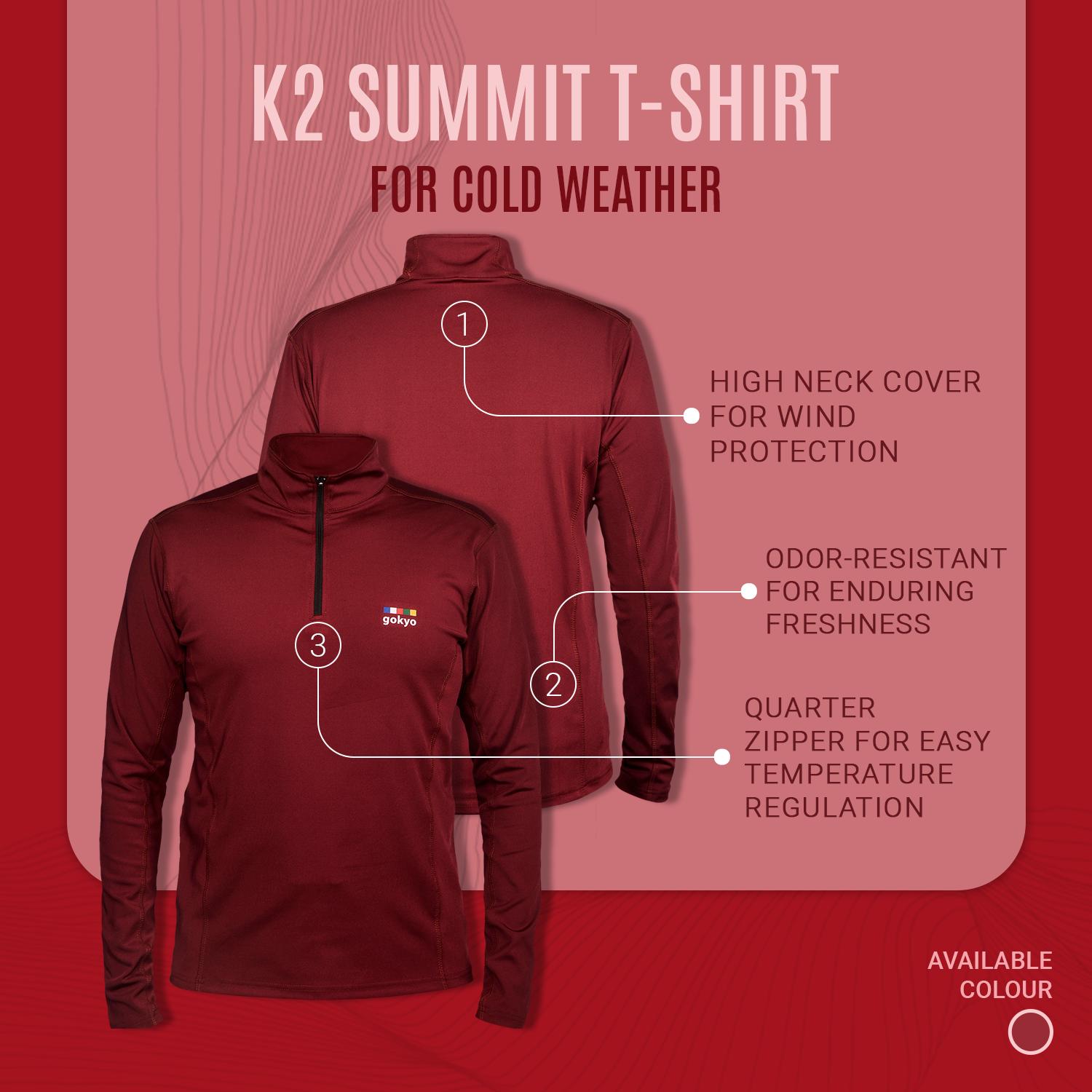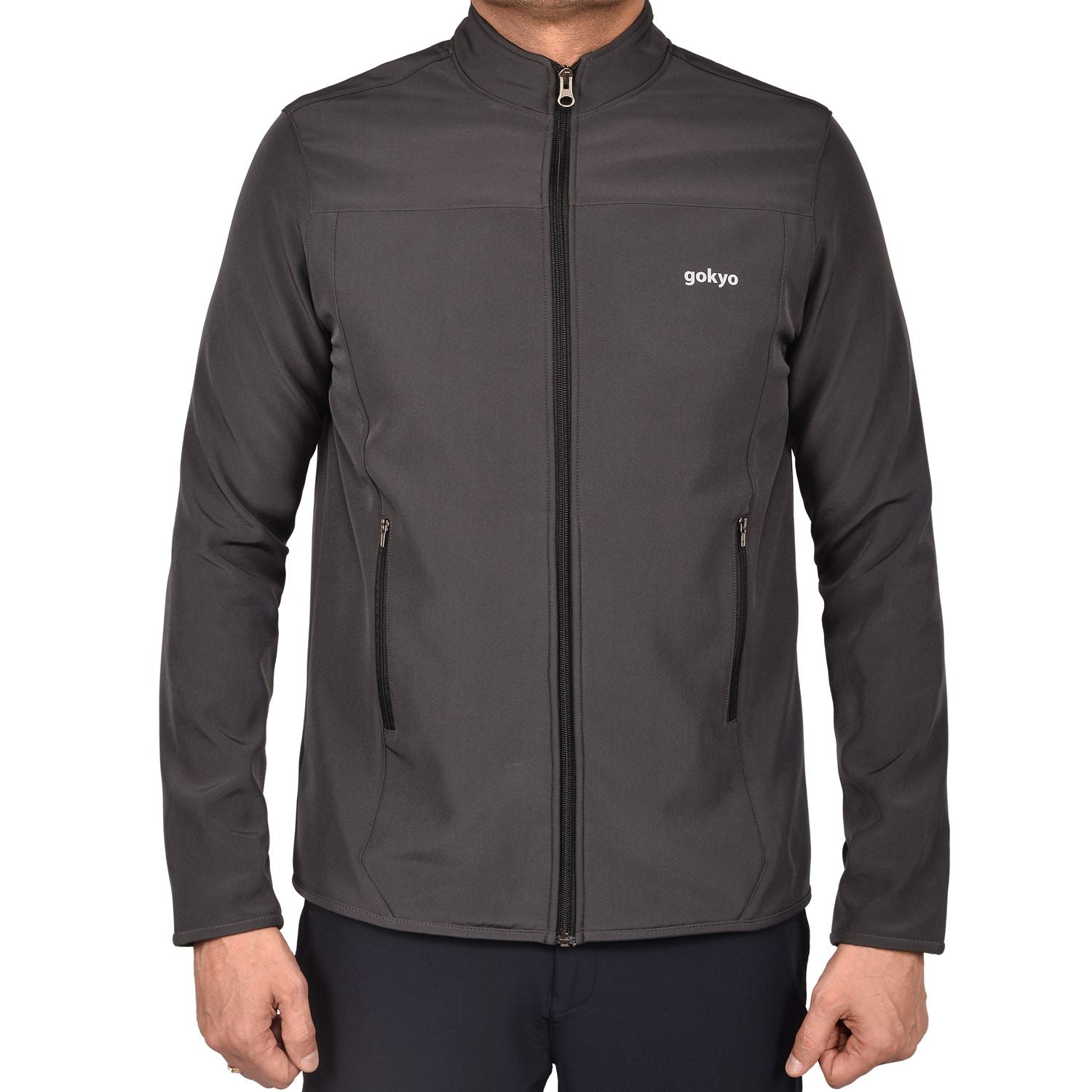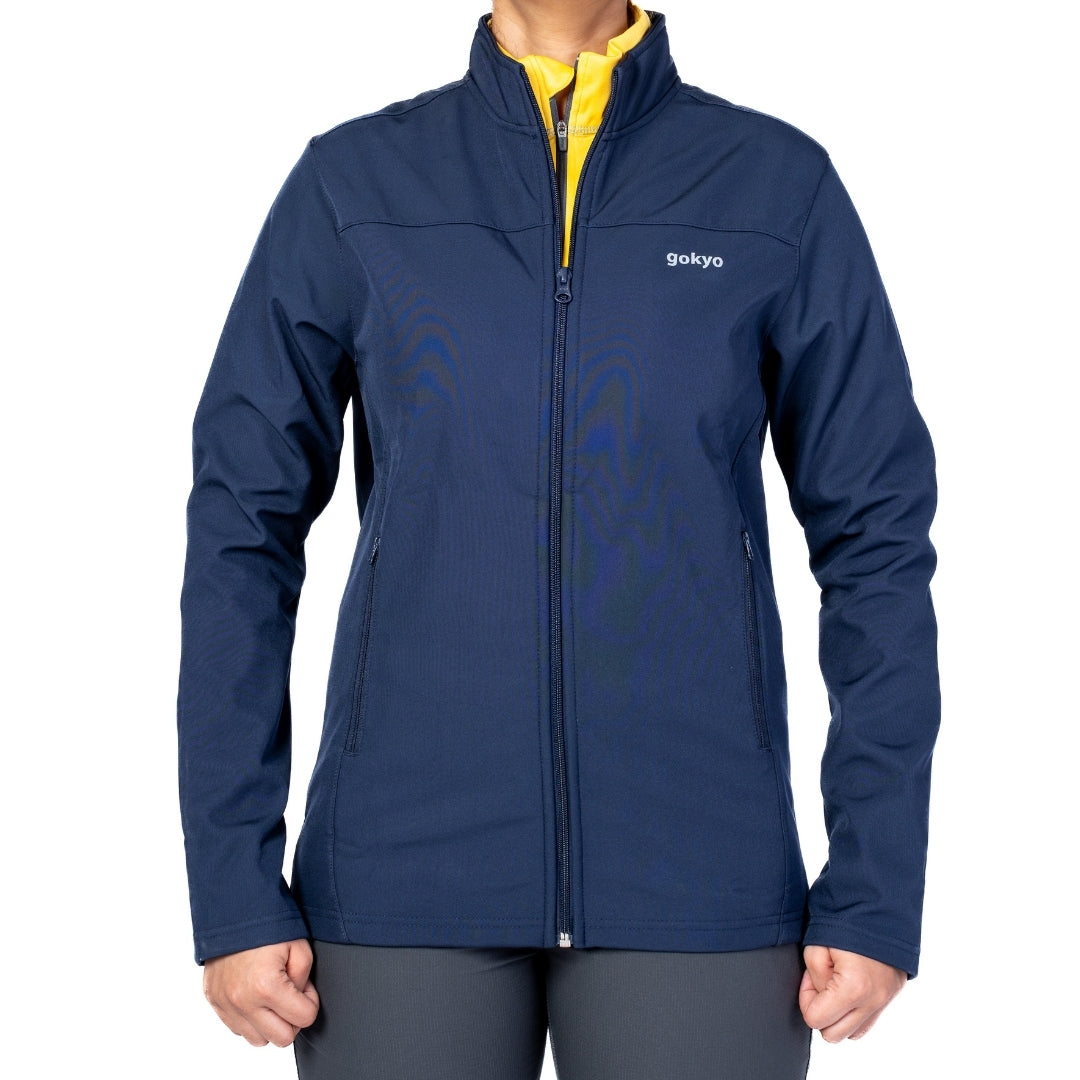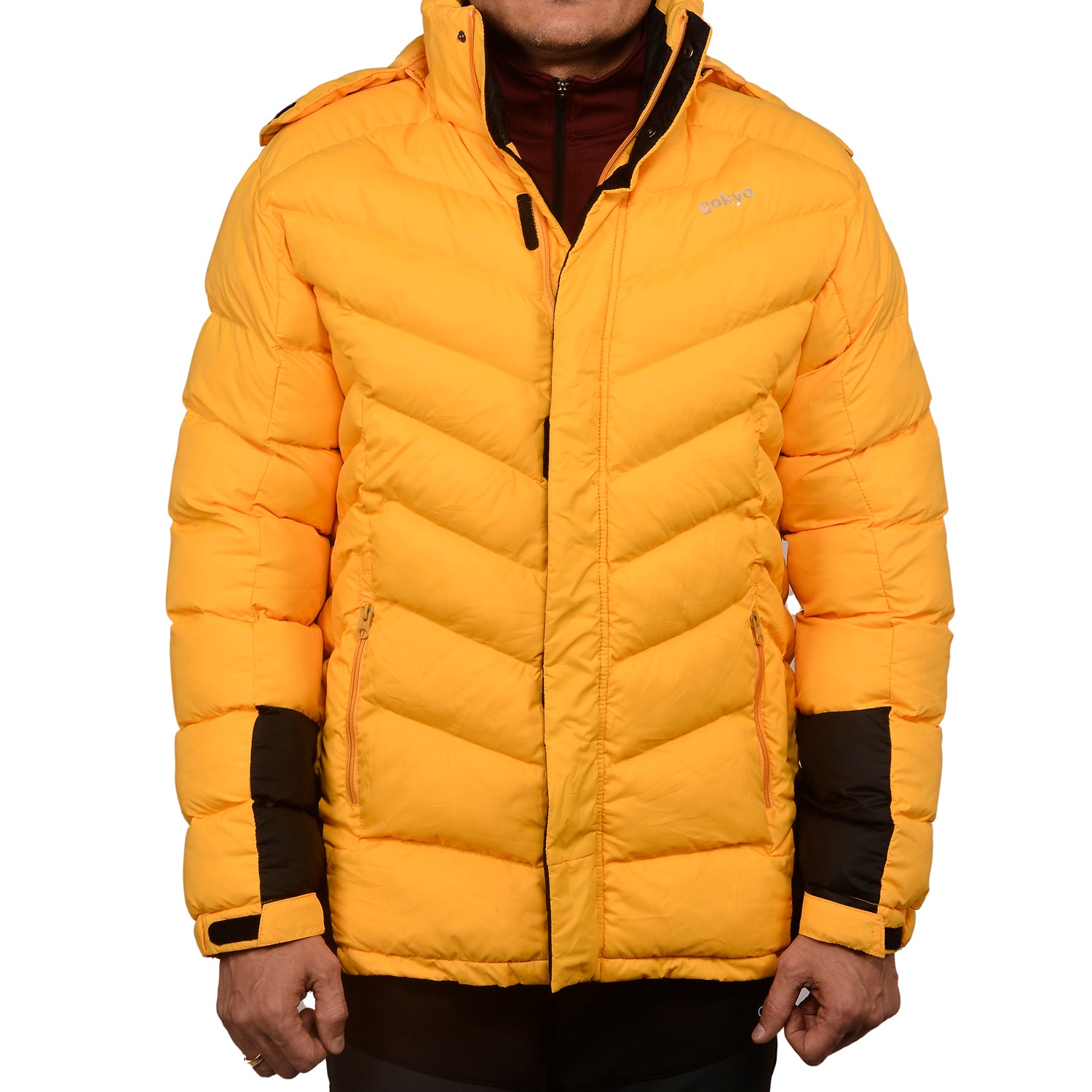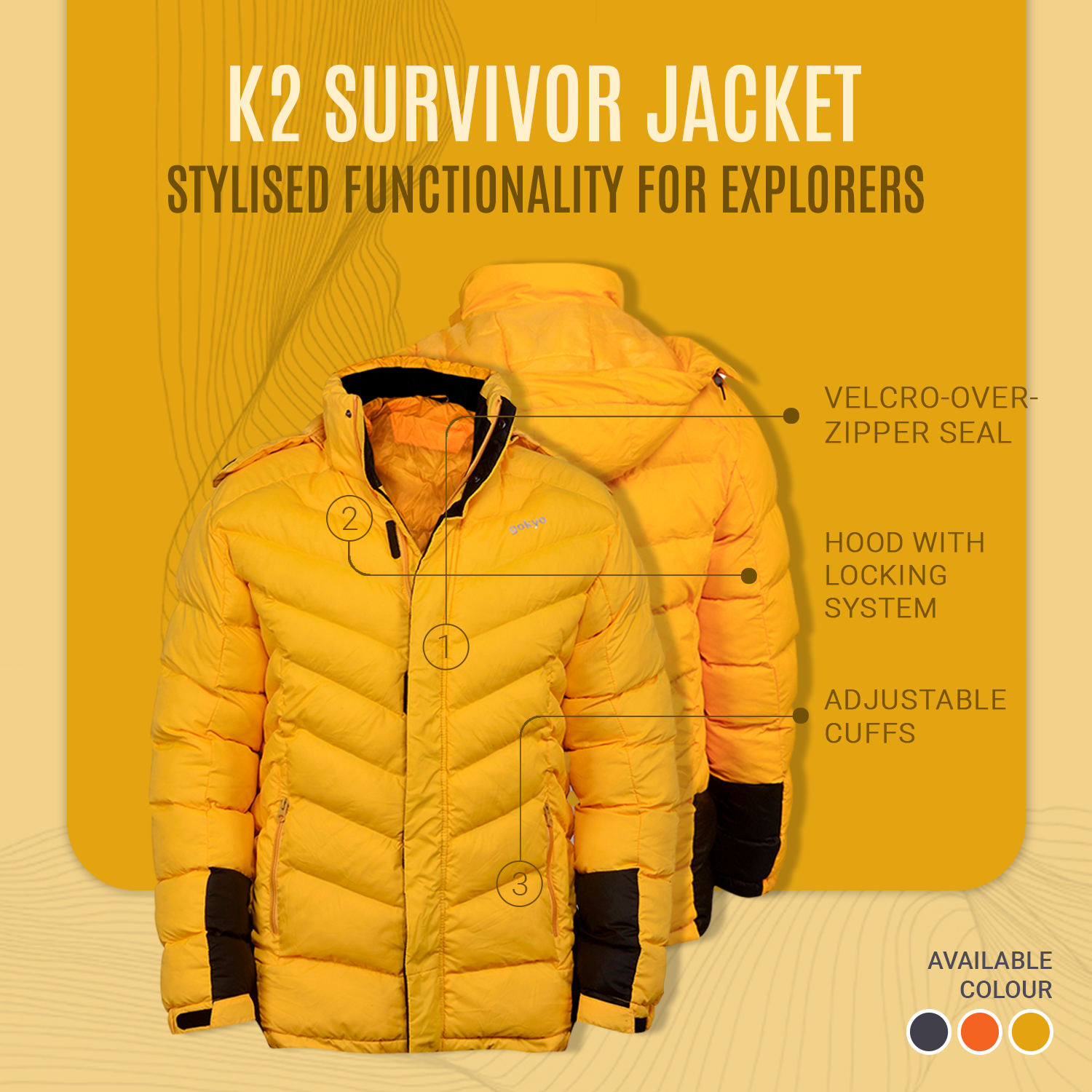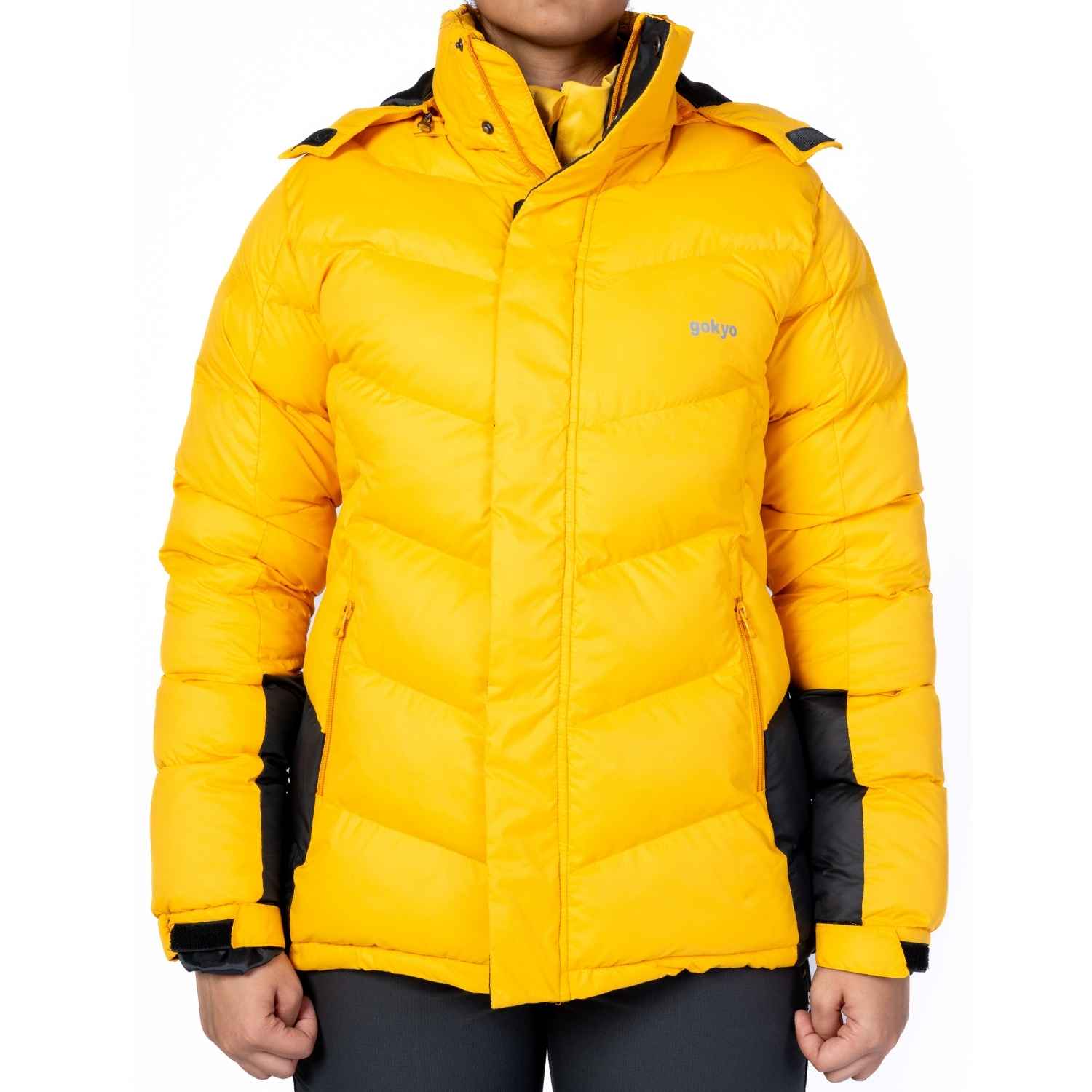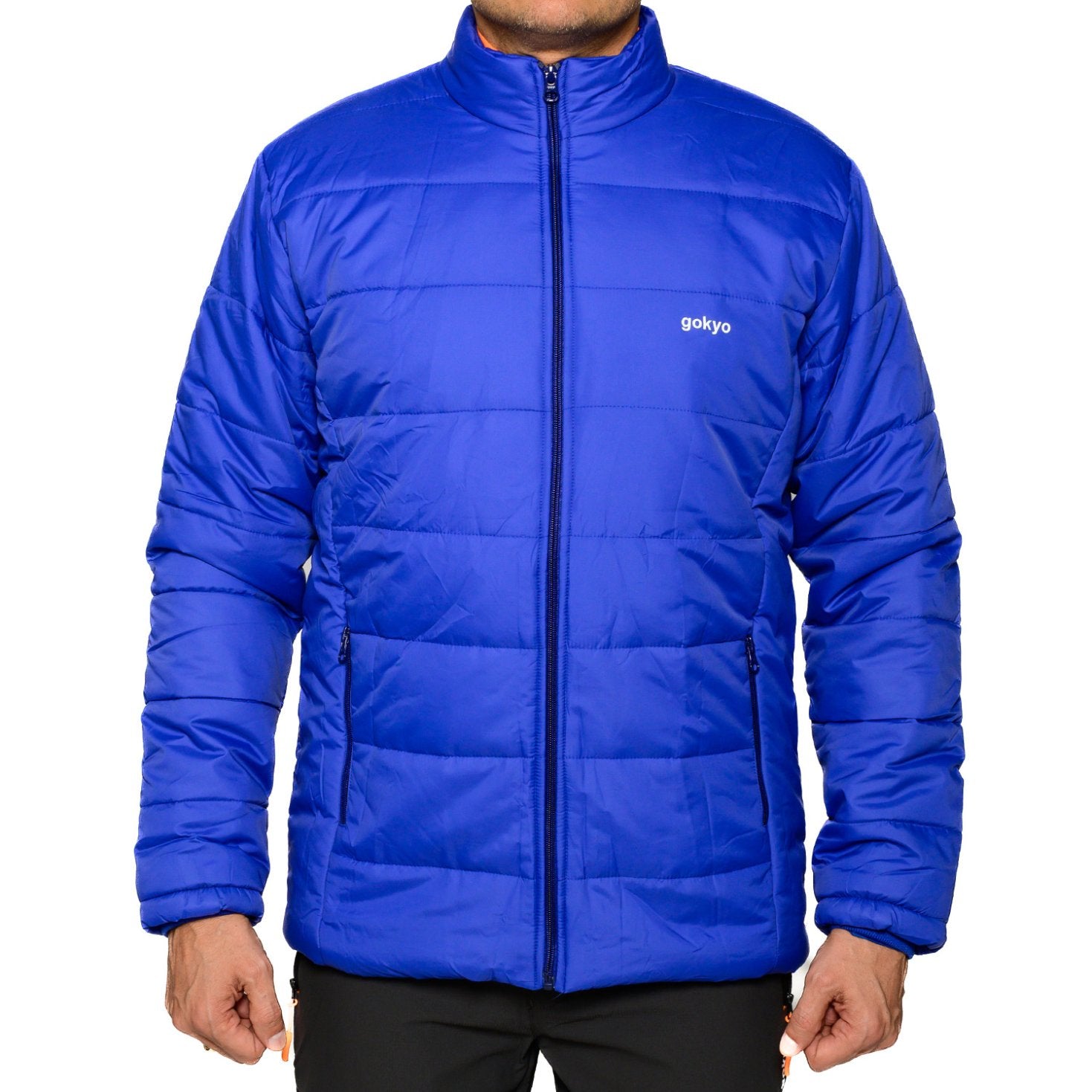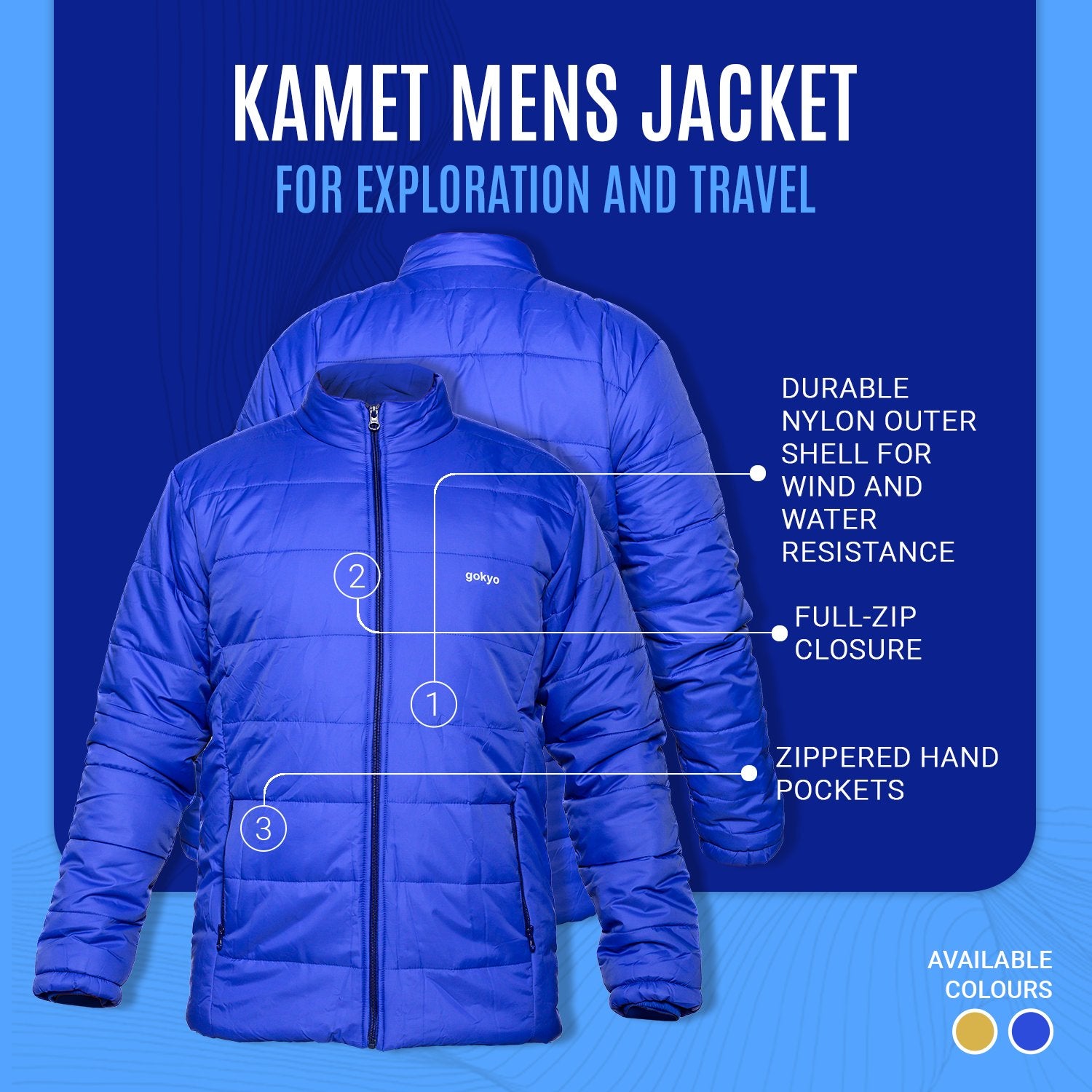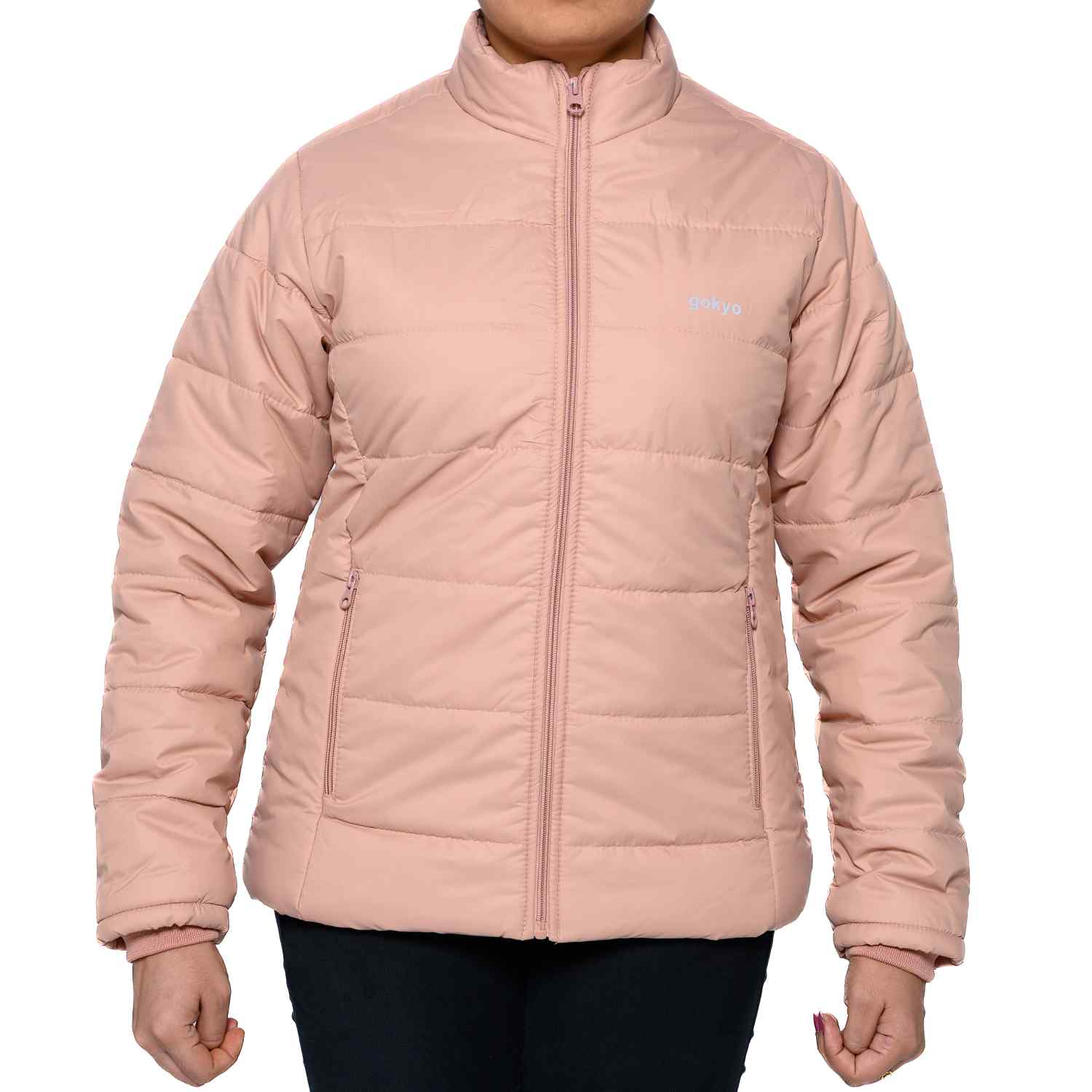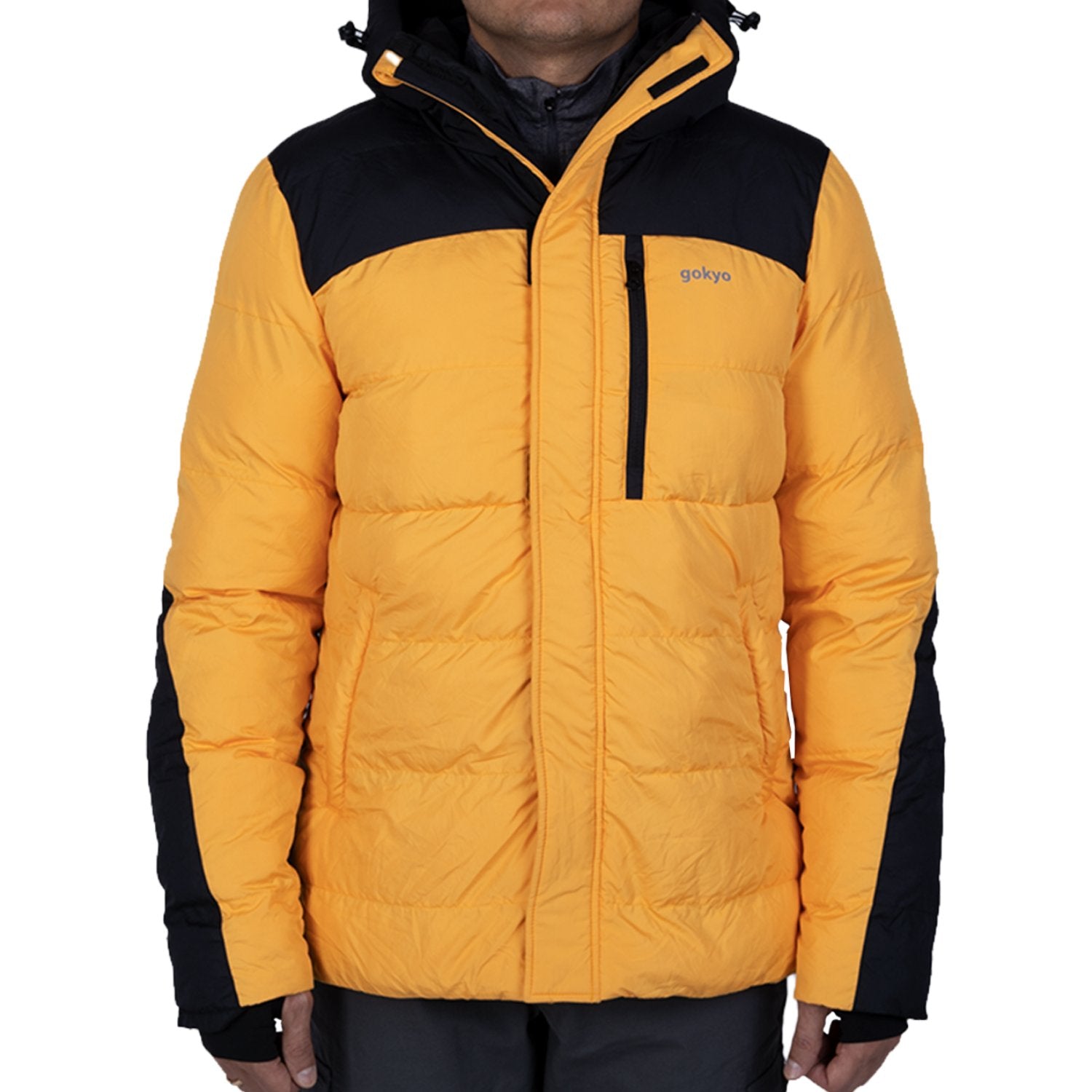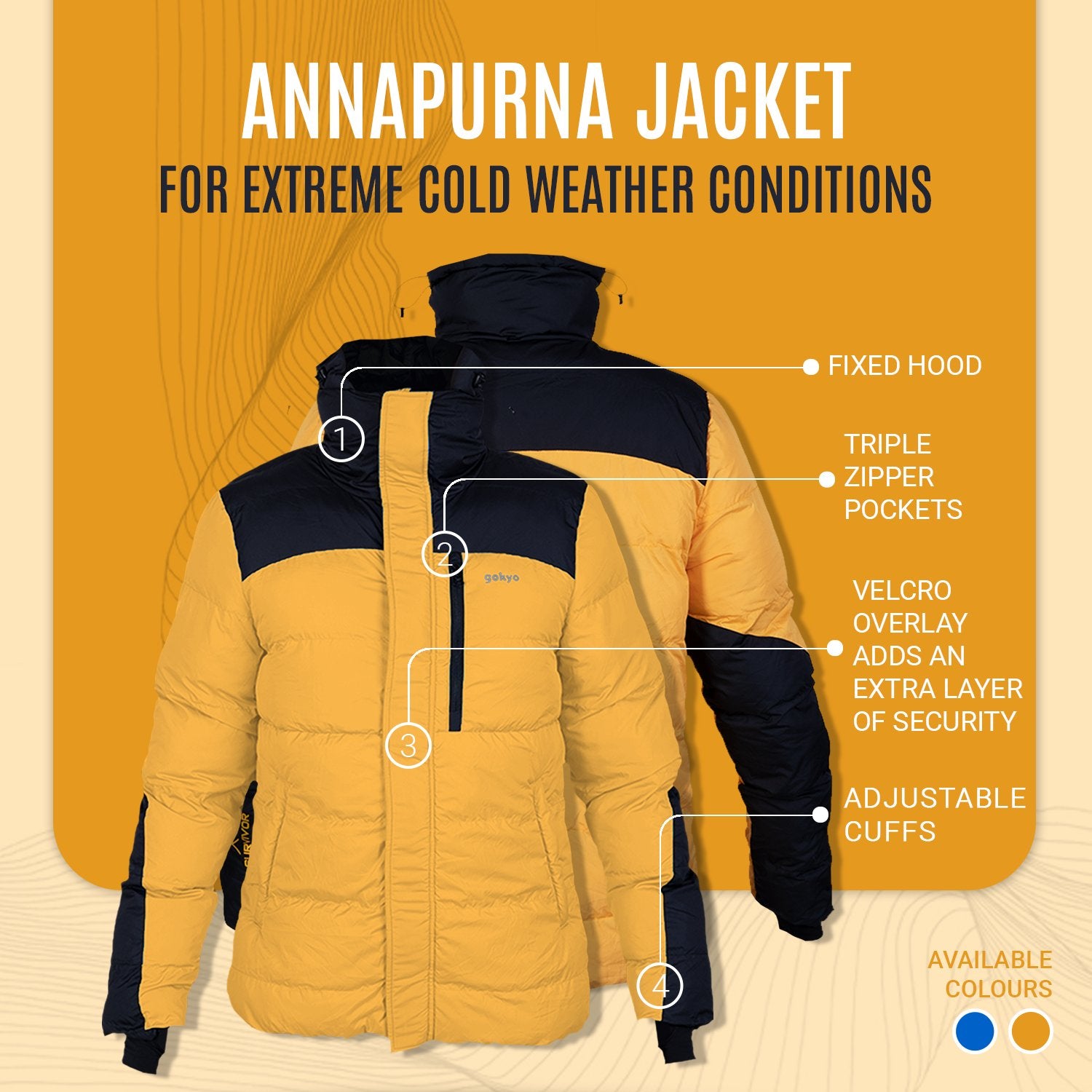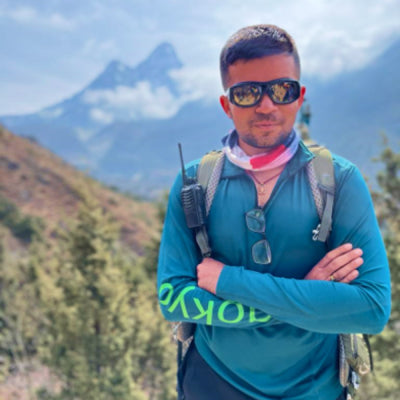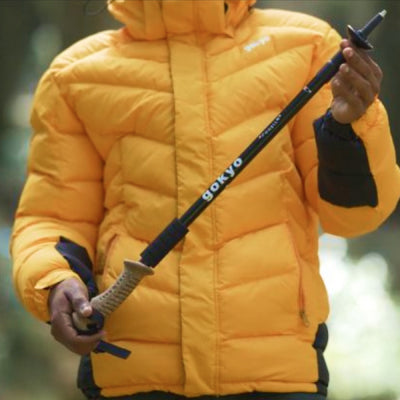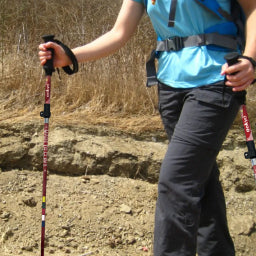Dayara Bugyal in December: Why Layering Right Makes or Breaks Your Winter Trek
There are winter hikes and then there is Dayara Bugyal in December. It is snowy as if someone paused everything hectic and turned the mountains into a peaceful, white canvas. The meadows and mountains are almost beautiful enough to feel cinematic — the type of place where every exhaled breath appears like a thought drifting out into the cold Himalayan sky. But there is a secret seasoned trekkers whisper; what and how you layer dictates whether this experience is magical or miserable. And layering isn’t merely wearing three random warm clothing pieces — it is an art form that can be the difference between joy and discomfort, especially amidst deep snow, sub-zero weather, and harsh wind conditions that refuse to compromise.
So, if you are planning this gorgeous winter trekking experience, let’s talk about clothing and technical gear that does not just appear good in photos but remains functional, warm, dry, confidence-boosting, and comfortable for long hours outdoors. And there is one outdoor brand that understands mountain winter reality better than glossy Pinterest boards — Gokyo Outdoor Clothing & Gear. Their attention to science-backed outdoor textiles, technical fits, and high-performance winter-ready materials may save you from regretfully being cold.
Be Aware of December Weather at Dayara Bugyal
December feels like nature’s levelling-up month. The weather can unpredictably change moods faster than your last online checkout decision. Days may be sunny but sharply cold, and the second the sun slips behind the hills, it’s time to shift from “explorer mode” to “save-my-body-heat mode.” Snow begins settling into every corner of the meadow, moisture levels rise, and your core may feel temperature drops straight to the bones if layering isn’t done right.
This is exactly why choosing functional shoes for trek instead of regular hiking sneakers truly matters. When trails turn icy, your grip should be the last thing you worry about, because the mountain already gives you enough challenges to solve. Later, at basecamp, is where you realise what breathable but warm fabrics actually do for your comfort. It’s the difference between enduring the cold and enjoying the silence — something Gokyo Outdoor Clothing & Gear designs with genuine outdoor intention.
Trail-Tested Trekking Shoes You Can Rely On
Layering Strategy That Actually Works
There are three universal layering components:
Base Layer → Insulation Layer → Shell Layer
But the real magic lies in selecting fabrics that complement performance, not fight against each other.
1. Base Layer — Heat Manager
This sits closest to the skin. Cotton traps sweat, freezes, and drops body warmth. Instead, choose thermals that wick moisture, stay lightweight, and allow free body movement.
2. Mid / Insulation Layer — Warmth Holder
This is the fleece, padded, or down-style layer that traps air. It should feel snuggly but never tight — because trapped warm air is the shield that protects you.
3. Shell Layer — Wind & Moisture Protector
This outermost layer blocks wind, snow, and moisture. Technical jackets outperform bulk-fashion winter jackets by miles. This is where choosing a windcheater for men can completely shift your comfort rating when sharp Himalayan gusts hit, and a windcheater for men ensures your thermal and insulation layers continue doing their job instead of collapsing under moisture or wind pressure.
What You Wear on the Lower Body Matters Too
Trekkers often hyper-focus on upper body protection while ignoring their legs — but snow does not discriminate. Lightweight, flexible, quick-dry trekking bottoms will always outperform denim. Technical pieces like cargo pants for men help maintain movement, warmth, and flexibility because the fabric performs under fluctuating temperatures. When you stop to stretch or sip something warm, cargo pants for men ensure that mobility, comfort, and insulation are not compromised when the wind turns aggressive.
Explore Our Most Reliable Pants
Head, Hands, and Hydration — The True Survival Trio
When your body gets cold, your brain slows down and motivation weakens. Heat escapes fastest from exposed regions, especially the head. This is when functional high-altitude accessories such as caps for men turn from fashion to survival. Wearing caps ensures heat doesn’t escape, helping your core temperature remain balanced.
Along with gear, trekkers often forget hydration and minerals. Cold conditions drain energy faster than warm climates, which is why carrying electrolyte powder helps maintain stamina throughout the ascent. Mixing electrolyte powder into warm or regular-temperature water consumed slowly ensures sustained energy instead of sudden spikes or dehydration.
For ear and scalp warmth at night camps, layered headwear like caps & beanies works perfectly over thermals without creating uncomfortable bulk. When you lie back to witness stars above 11,000 feet, caps & beanies offer subtle comfort while the surrounding silence feels emotionally overwhelming.
Top Trekking Caps for Outdoor Adventures
Extra Support Is Required on Snow Trails
Dayara’s terrain is not consistently smooth — some trails are steep, some slippery, and some unexpectedly uneven. Reliable trekking poles bring stability, rhythm, and reduced knee strain while navigating difficult patches. Even seasoned trekkers do not underestimate trekking poles, because snow demands rhythm over bravery.
Your feet deserve equal planning. Good alpine footwear like shoes for trek will support your ankle, maintain warmth, and prevent slips or frost-related discomfort. Efficient packing also matters on high-altitude trails, which is why durable travel bags with organised compartments help in carrying essentials while preventing moisture issues. While shifting camps, lightweight structured travel bags reduce physical strain, making movement smarter instead of heavier.
Conquer Any Terrain with Trekking Poles
Once at the Snow Meadow: Enjoy, Don’t Endure
Reaching the meadows feels unreal — vast snowy fields, layered mountains, frozen silence, and possibly soft sunset light. This is the moment where premium jackets for men feel like your personal comfort zone while you breathe, reflect, or journal. With temperature drops, insulated builds and breathable shells in jackets for men prove why technical gear matters.
Evening winds may feel sharp and unforgiving, which is why jackets for men in winter built for alpine conditions show their true value. With warming layers, durable insulation, and moisture response, jackets for men in winter help ensure you retain precious body heat even as humidity rises with the darkening sky.
Outdoor-Ready Jackets for Men
Frequently Asked Questions (FAQs) :
1. Is December too extreme for beginners at Dayara Bugyal?
No, as long as preparation is taken seriously. The trail is manageable, but the weather demands proper gear and pacing.
2. Can I wear fashionable winterwear while trekking?
No. Fashion winterwear does not offer the heat retention, moisture resistance, or wind protection required in snow trekking.
3. Do I need physical conditioning before the trek?
Yes. Cardio, stamina training, squats, and practice hikes make the journey significantly safer and easier.
4. Should I carry too many clothes?
No. Carry fewer technical layers that work better than multiple bulky casual garments.
5. Is camping safe in December there?
With trusted guides, correct planning, and good gear from reliable brands like Gokyo Outdoor Clothing & Gear, it is safe.
Final Thoughts
Dayara Bugyal in December is not just a trek — it is a lesson in mountain discipline. Nature here rewards smart preparation, respect, and awareness. With the right layering strategy, technical fabrics, and reliable alpine-ready gear such as those offered by Gokyo Outdoor Clothing & Gear, you don’t merely survive — you fully experience every breath of crisp Himalayan winter air.




